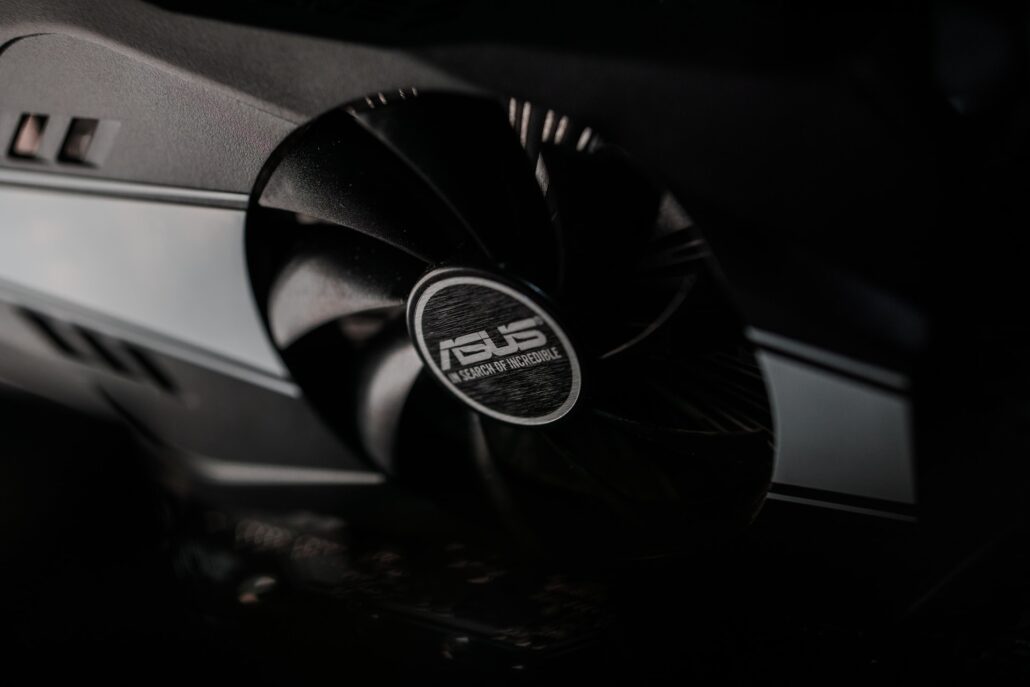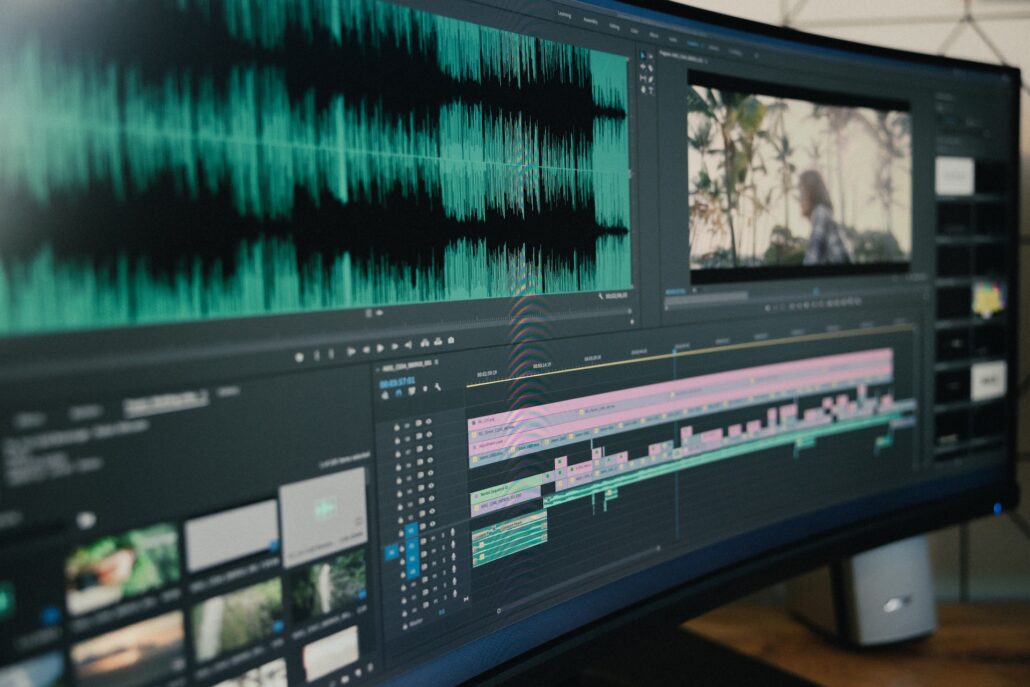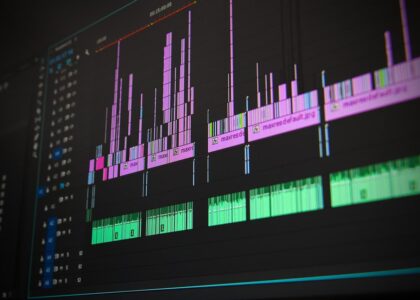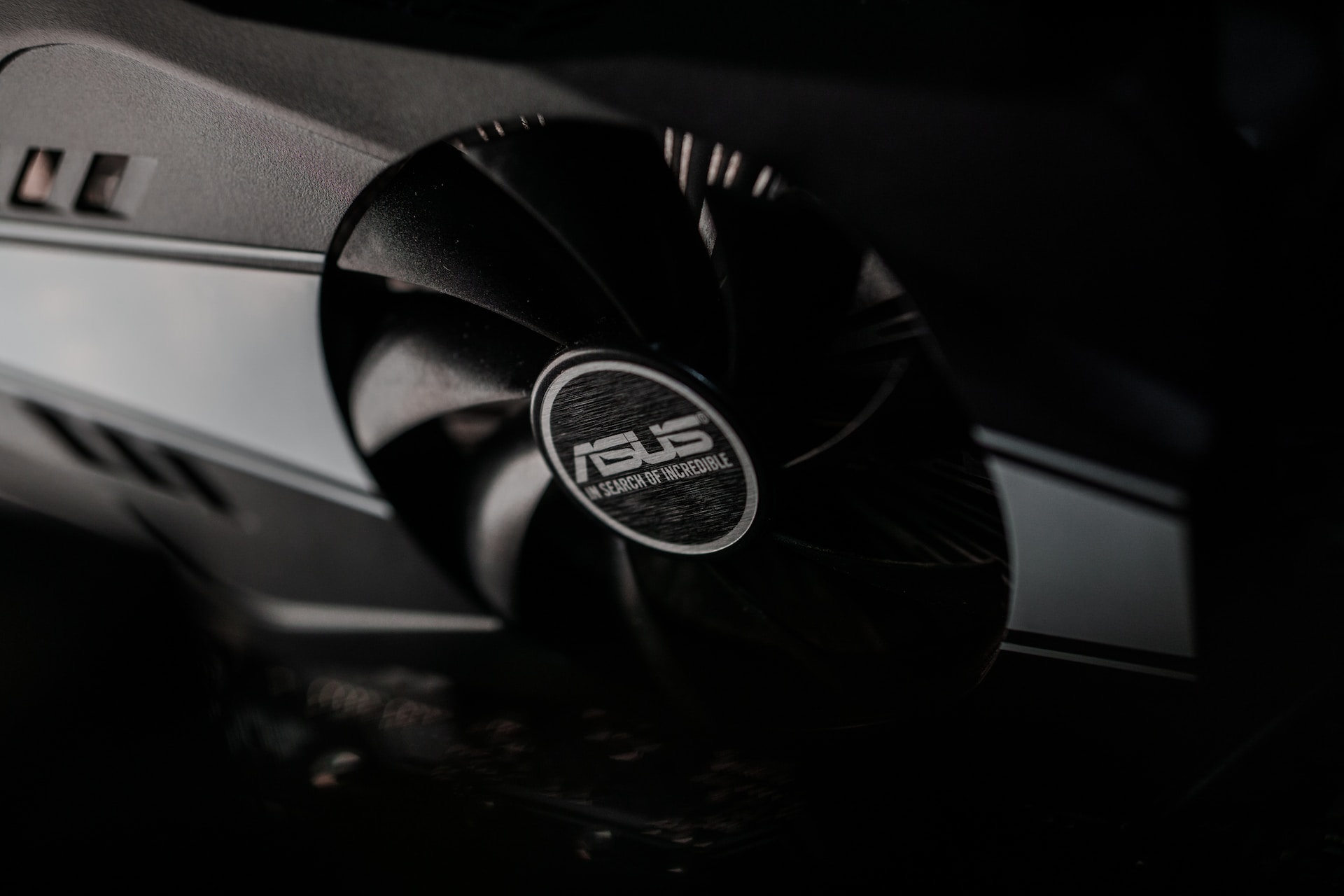Nowadays, computing technology is developing rapidly: everyone knows Moore’s Law, according to which the computing power of computers doubles every year and a half. The large amount of computing power makes it possible to process more and more types of data on the most ordinary computers. Ten years ago, it was hard to imagine storing audio information on a personal computer, except on CDs. Hard disks at the time were no larger than a single CD, and processor power did not allow for sufficiently complex calculations to decompress audio in real time. There was some form of sound and video on computers – primarily in computer games – but their quality left a lot to be desired.
The situation changed dramatically 6-7 years ago with the widespread adoption of Pentium generation processors. This processor is enough to play audio compressed in mp3 (MPEG-1 Layer 3) format which allows to achieve good sound quality at 1 Mbyte/min and almost ideal sound quality at twice as much (compare with 10 Mbyte/min on an audio CD). Hard disks at that time were already measured in units of gigabytes. Thus began the ubiquity of mp3 and its alternatives, which continues to this day. A modern computer spends about 1-2% of its processing power to decode mp3: since that time the power of processors has increased by two orders of magnitude.
Around the same time, digital video was taking its first steps on personal computers. Because of the aforementioned limitations on the amount of information processed and processor power, the video of that time looked awful: the “dance of squares” attracted only computer enthusiasts. Again the situation changed dramatically when the computer hardware reached a certain level. By the time computers had reached the 10 gigabyte limit, CD-R burners had become ubiquitous, and processors were approaching the 500 MHz limit, with MMX, 3DNow, and SSE multimedia instructions, computers had reached the MPEG-4 video compression standard. Previous versions of the MPEG video compression standard had significantly less potential for use on PCs.
For example, MPEG-1 offers relatively low video and audio compression, and its implementation in the Video CD standard offered picture resolution of up to 352 by 288 pixels (which is obviously very low for high quality video) and allowed only about an hour of video to be burned onto a single CD. Its advantages included the relative computational simplicity of decoding, respectively low computer requirements (133 MHz). Video CDs have not gained popularity among publishers of video products (movies, etc.). However, the use of cheap CDs as a carrier, and full support by absolutely all hardware home VCD / DVD players have made this format very popular for recording home video. However, the recording quality is very poor.
The MPEG-2 standard offers slightly more advanced compression, and its most common implementation in the DVD standard provides resolutions up to 720 by 576 and allows recording of up to 3-4 hours of video per disc. The problem is that the disc is not a normal CD, but a DVD. Correspondingly more capacious, but also more expensive, less common and requiring additional hardware (DVD-drive). Even the low processor power requirements (266 MHz) didn’t save: the size of a 2-layer DVD is 8.5 Gbytes, which made it impossible to copy them in the era of hard drives up to 10 Gbytes. Video DVDs became the industry standard for recording home videos: movies, concerts, etc. We only see the rise of DVDs as a medium for home video, today, when the capacity of hard drives is over 100 GB, DVD-reading drives are not much more expensive than CDs, burnable DVDs are becoming more and more popular. The same video compression format is widely used in digital television broadcasting, including satellite television.
It was also developed an intermediate format between VCD and video DVD: Super Video CD, SVCD (using CD as a carrier and MPEG-2 as a video compression format, the resolution – 480 × 576, allows you to record about 70 minutes per disc) – its compression quality for the amateur video is enough. The main problem of SVCD is compatibility, not all hardware players are capable of playing discs in this format.
The video compression standard MPEG-4 (or more precisely its “MPEG-4 video compression, advanced simple profile”) was a perfect compromise between the degree of compression (size of compressed video) and the computational complexity of video decoding (processor power requirements). For video playback a CPU of 300-400 MHz is enough (or more, depending on video resolution), and good quality is ensured for 2-2,5 hours compression per CD (or excellent quality for 1 hour compression per CD).









